Latest about Outdoors
-
-
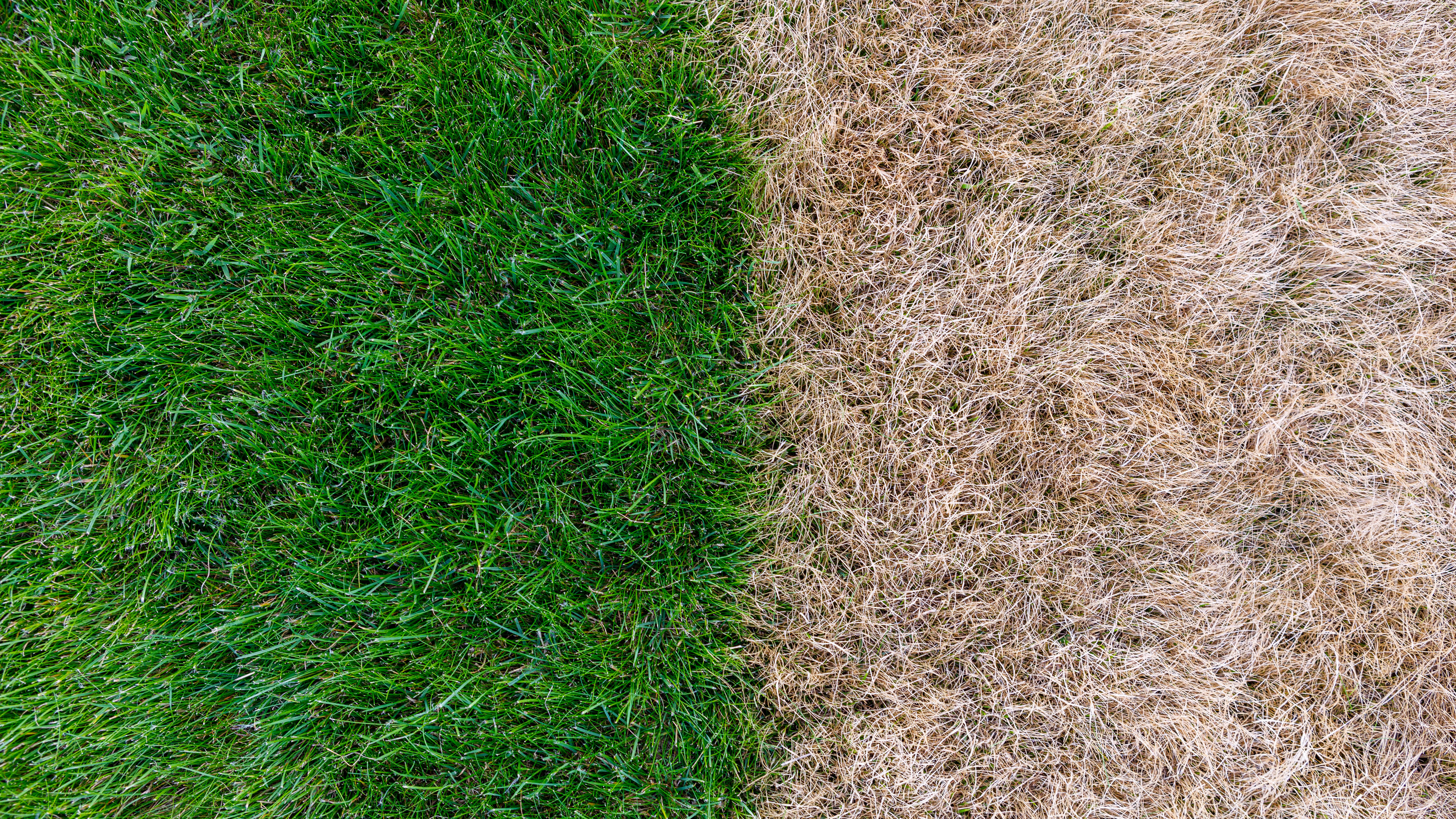
Combating winter browning — when Bermuda grass goes dormant and what to do about it
By Kaycee Hill Published
-
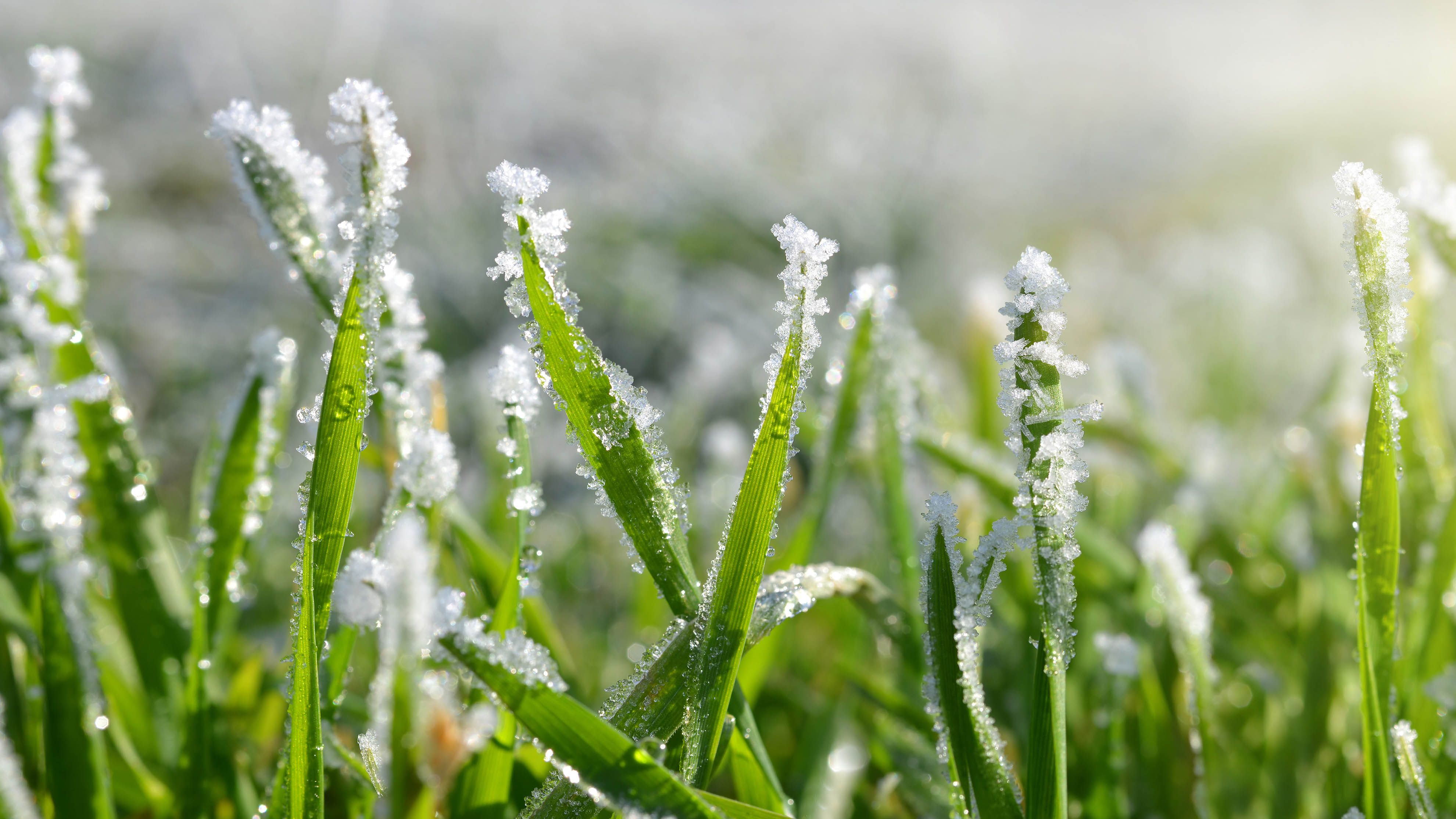
Gardeners urged to complete these 3 tasks before the first frost
By Millie Fender Published
-
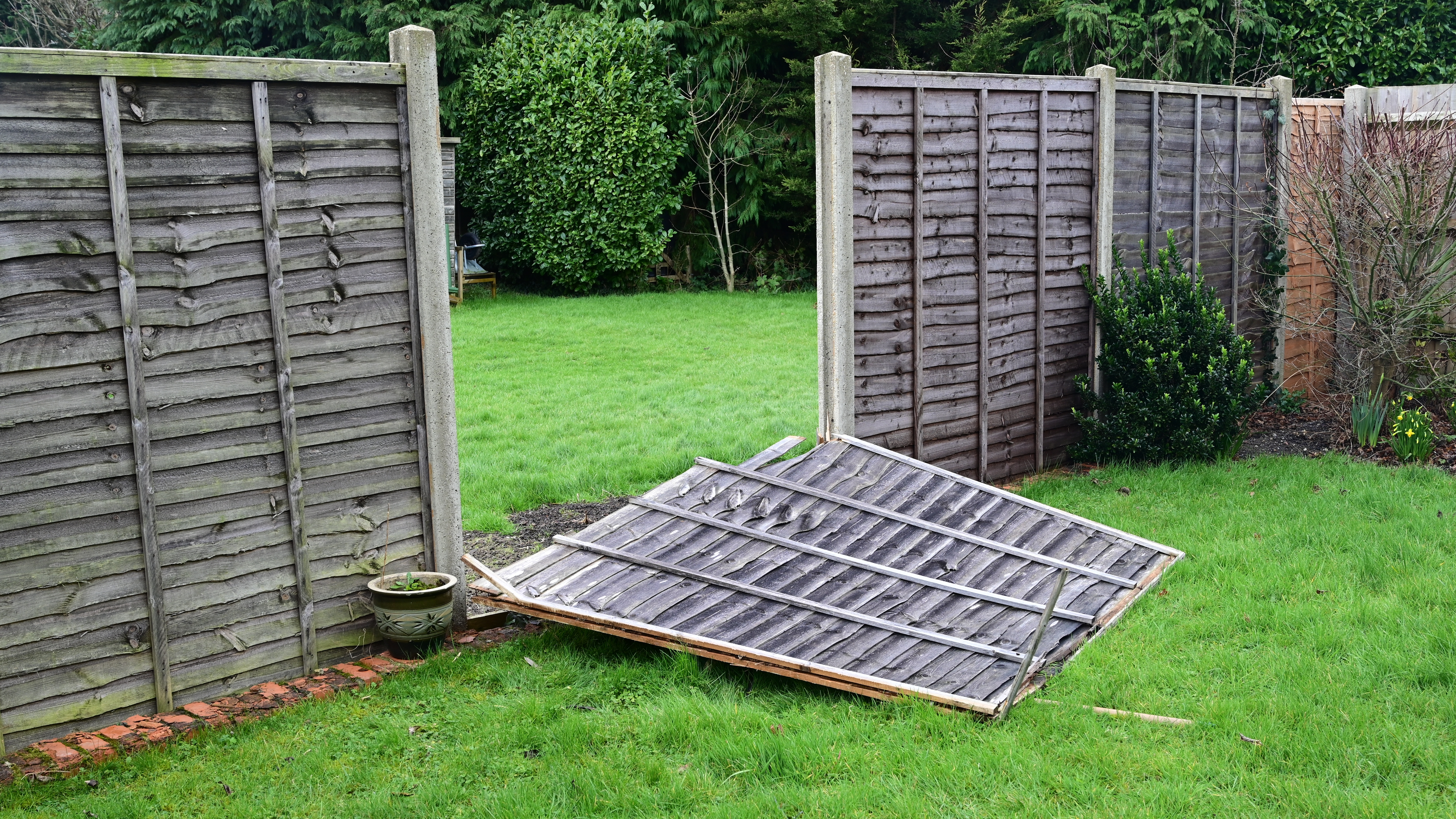
My neighbor's side of the fence is falling down — I ask the experts who should pay for repairs
By Cynthia Lawrence Published
-
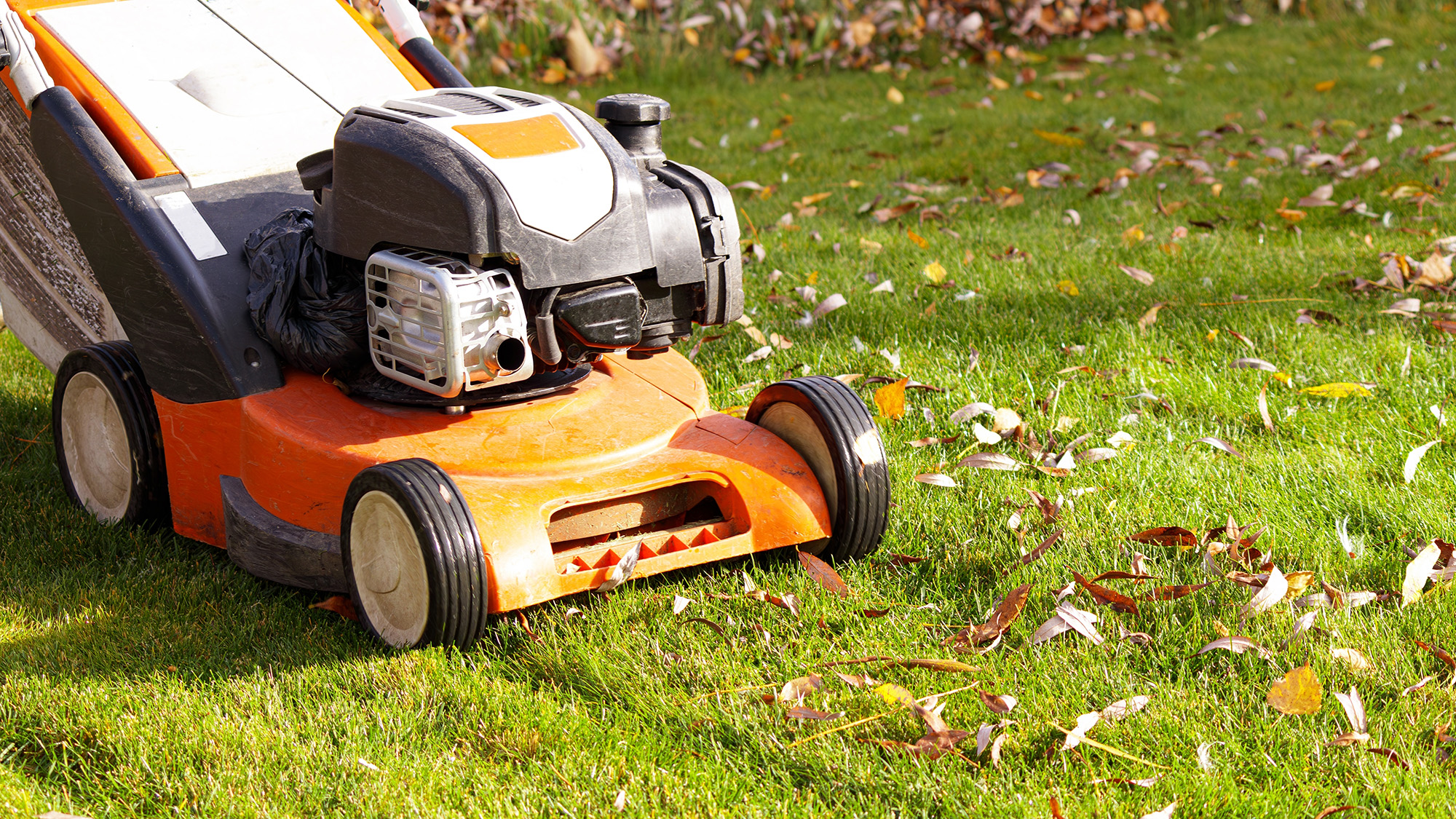
How to make mulch with leaves
By Kaycee Hill Published
-
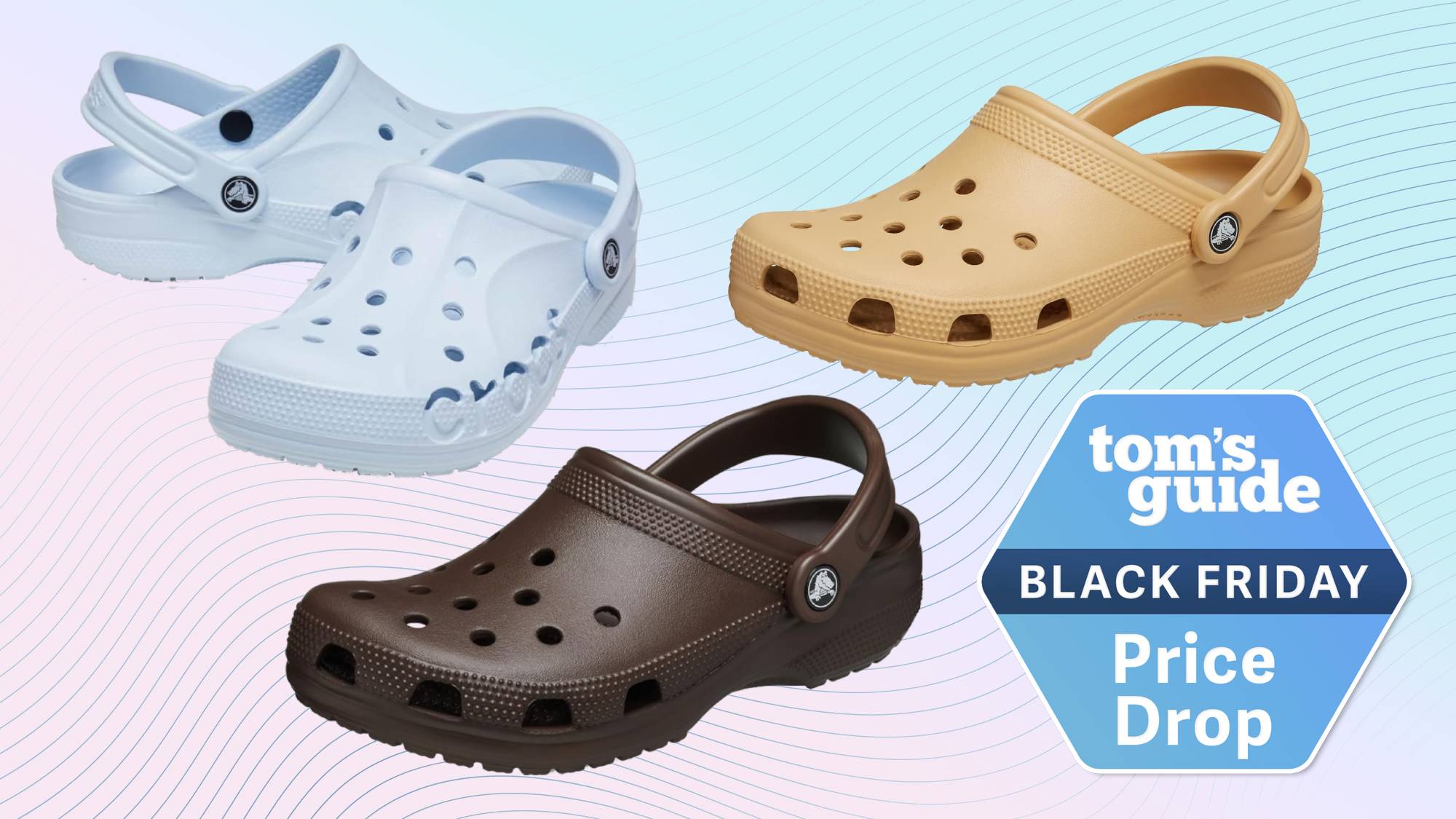
Amazon takes up to 71% off Crocs for Black Friday — 17 deals I’d shop on clogs, sandals, boots and more
By Millie Davis-Williams Last updated
-
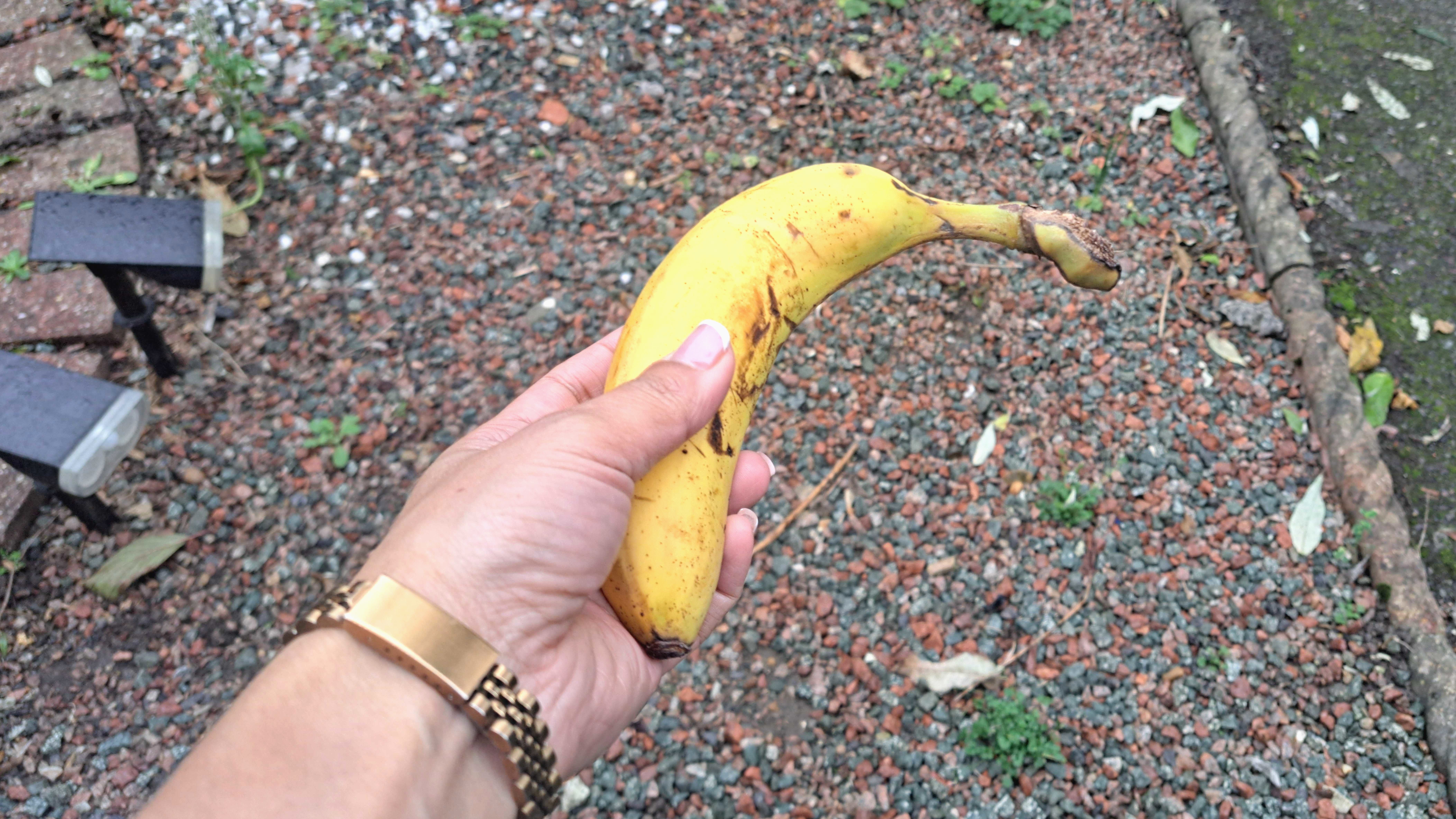
Homeowners are being urged to put bananas in their yards this November — here's why
By Cynthia Lawrence Published
-
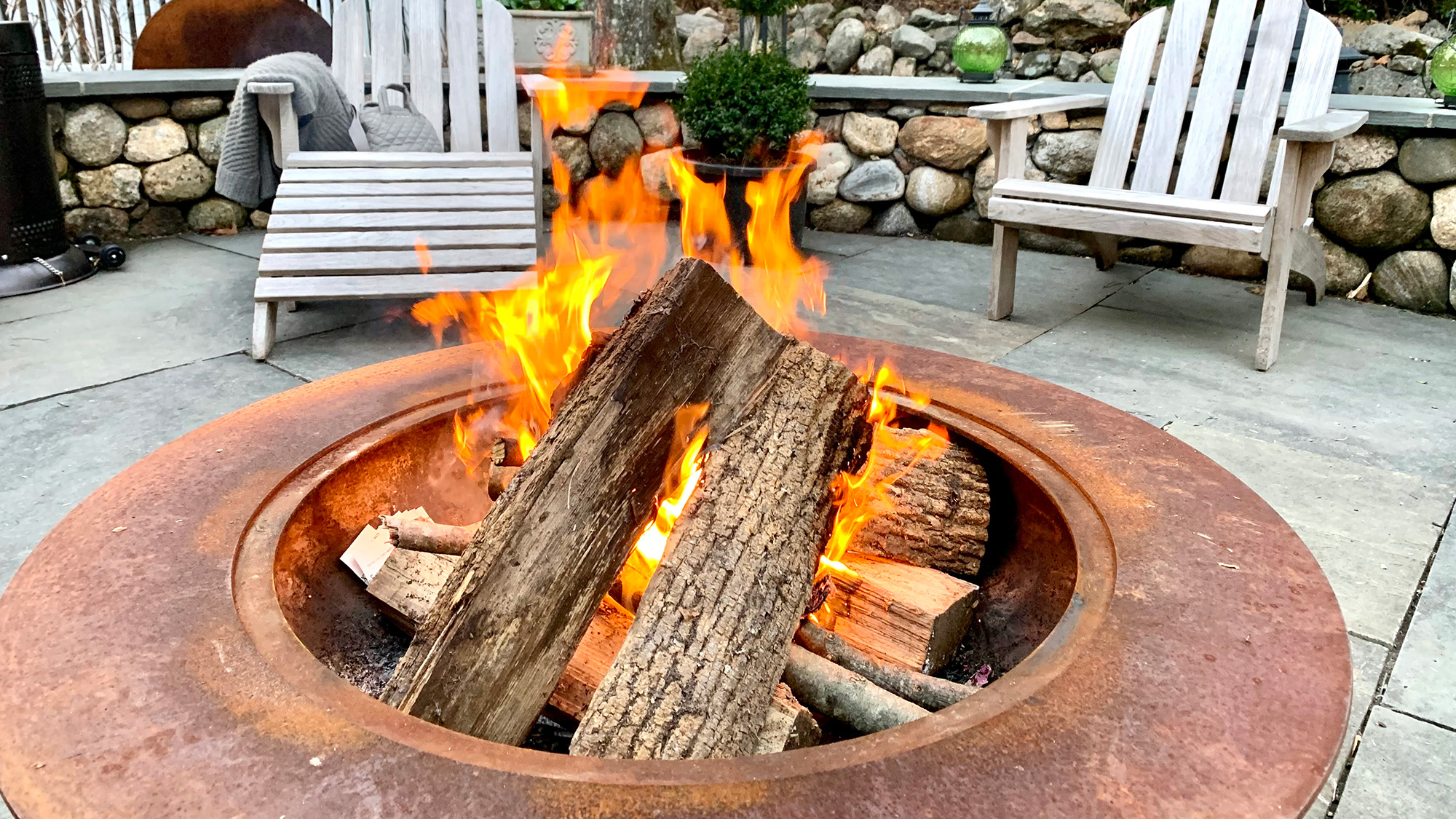
Best fire pits in 2025: Tested and rated
By Camilla Sharman Last updated
-
Gardening
-
-

Gardeners urged to complete these 3 tasks before the first frost
By Millie Fender Published
-

Homeowners are being urged to put bananas in their yards this November — here's why
By Cynthia Lawrence Published
-

Best fire pits in 2025: Tested and rated
By Camilla Sharman Last updated
-
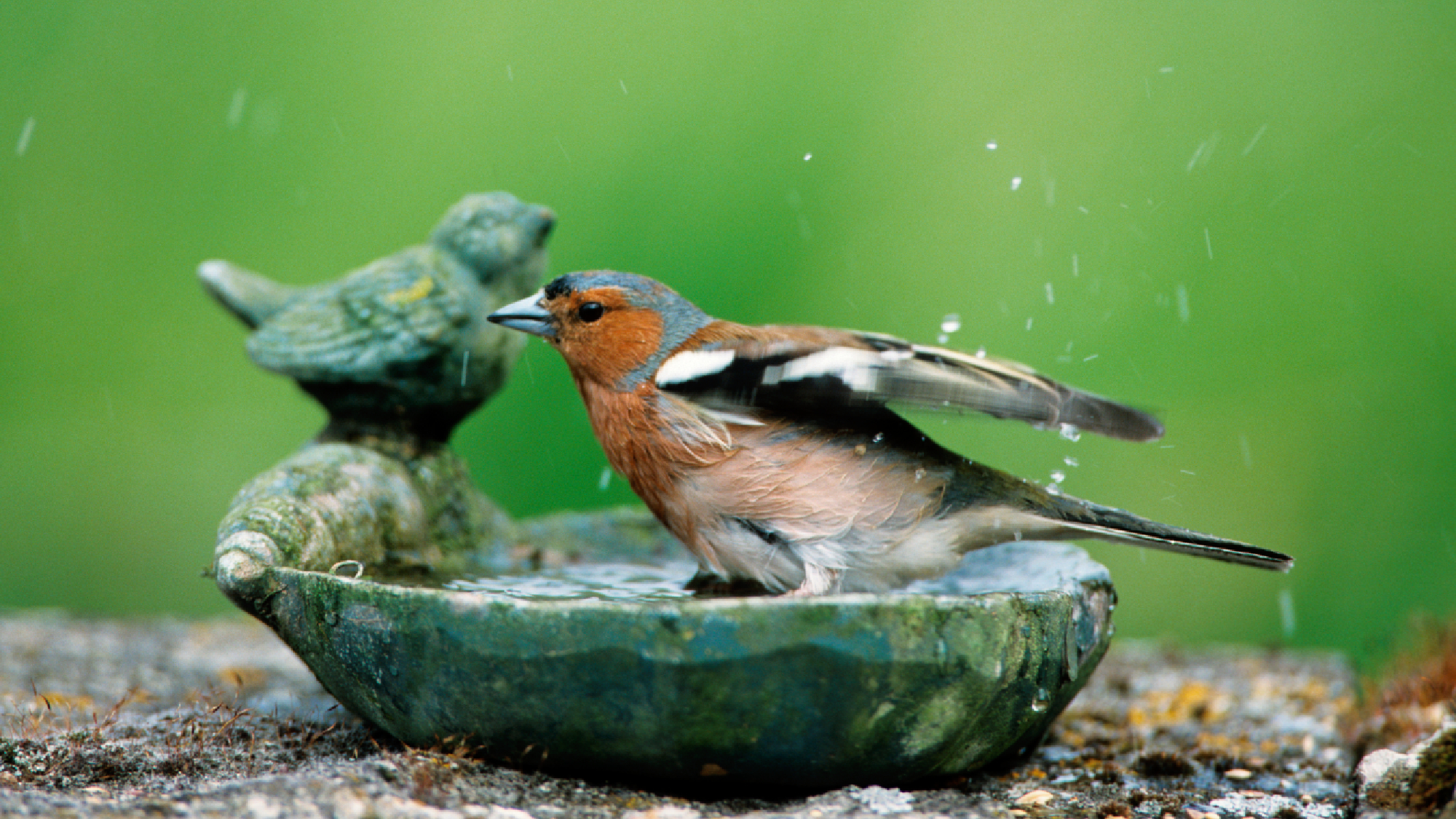
Never use bleach in your birdbath — this cheap pantry staple is safer and more effective
By Kaycee Hill Published
-
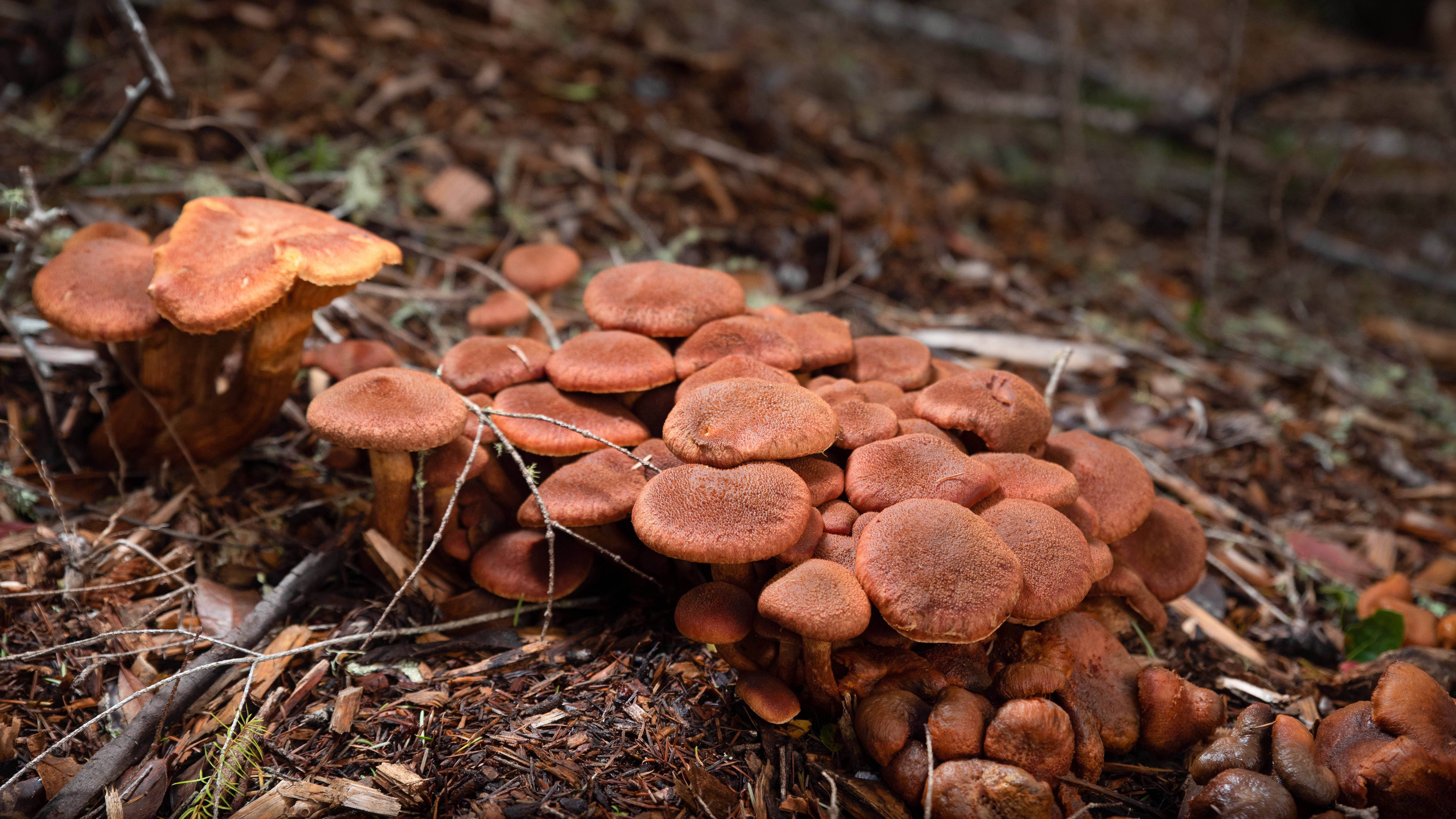
Gardeners warned to look out for mushrooms in their lawn — here's what to do
By Grace Dean Published
-
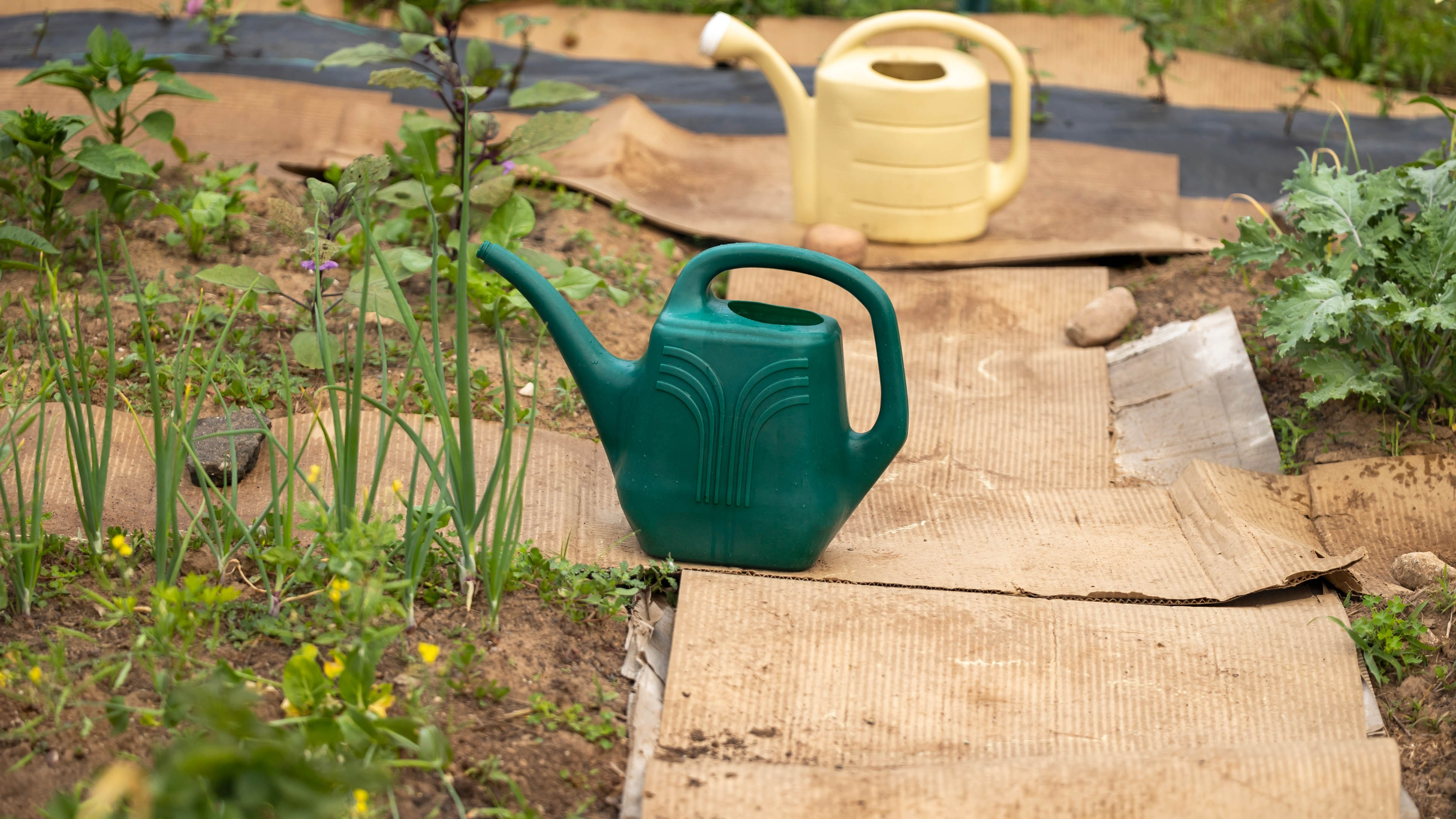
People are using the 'cardboard method' to prepare garden beds for the winter — here's how it works
By Grace Dean Published
-
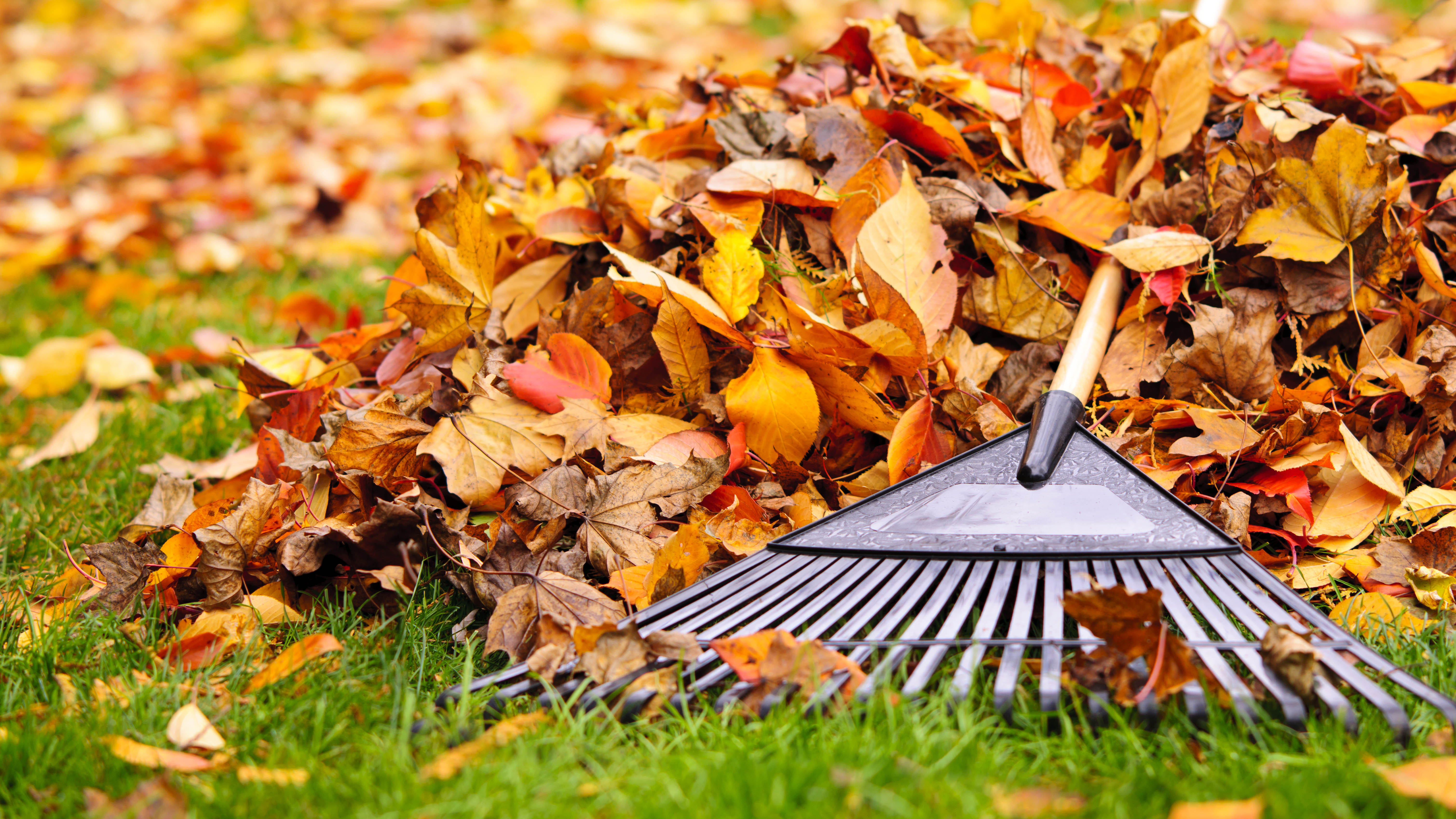
What to do if your neighbor's tree is dropping leaves in your yard — according to an expert
By Grace Dean Published
-

Don’t deadhead these 3 plants this November — experts reveal their vital role in your garden
By Millie Fender Last updated
-
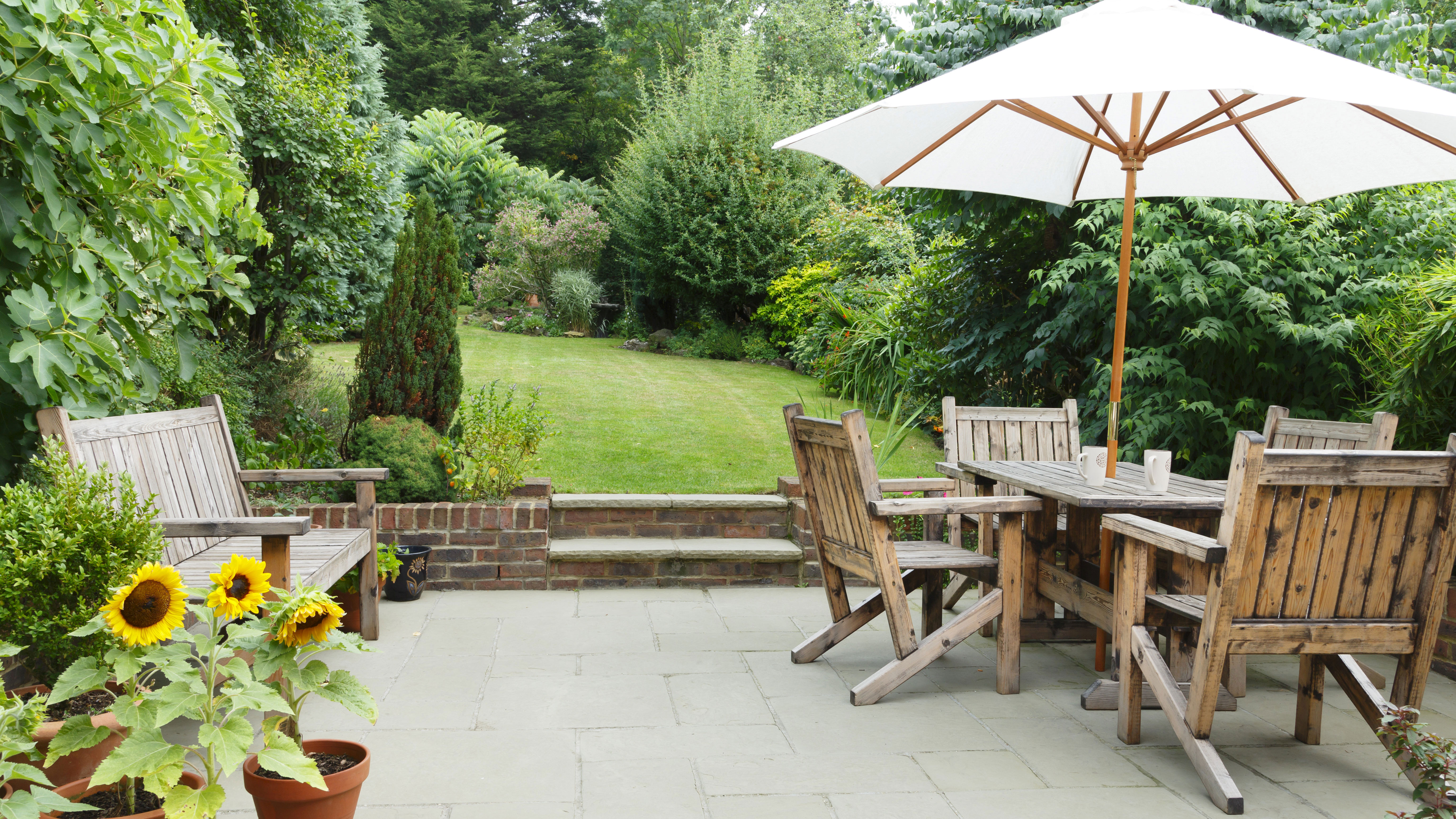
Homeowners urged to secure their yards for storms this weekend — here's what to do
By Kaycee Hill Published
-
Lawn Care
-
-

Combating winter browning — when Bermuda grass goes dormant and what to do about it
By Kaycee Hill Published
-

How to make mulch with leaves
By Kaycee Hill Published
-
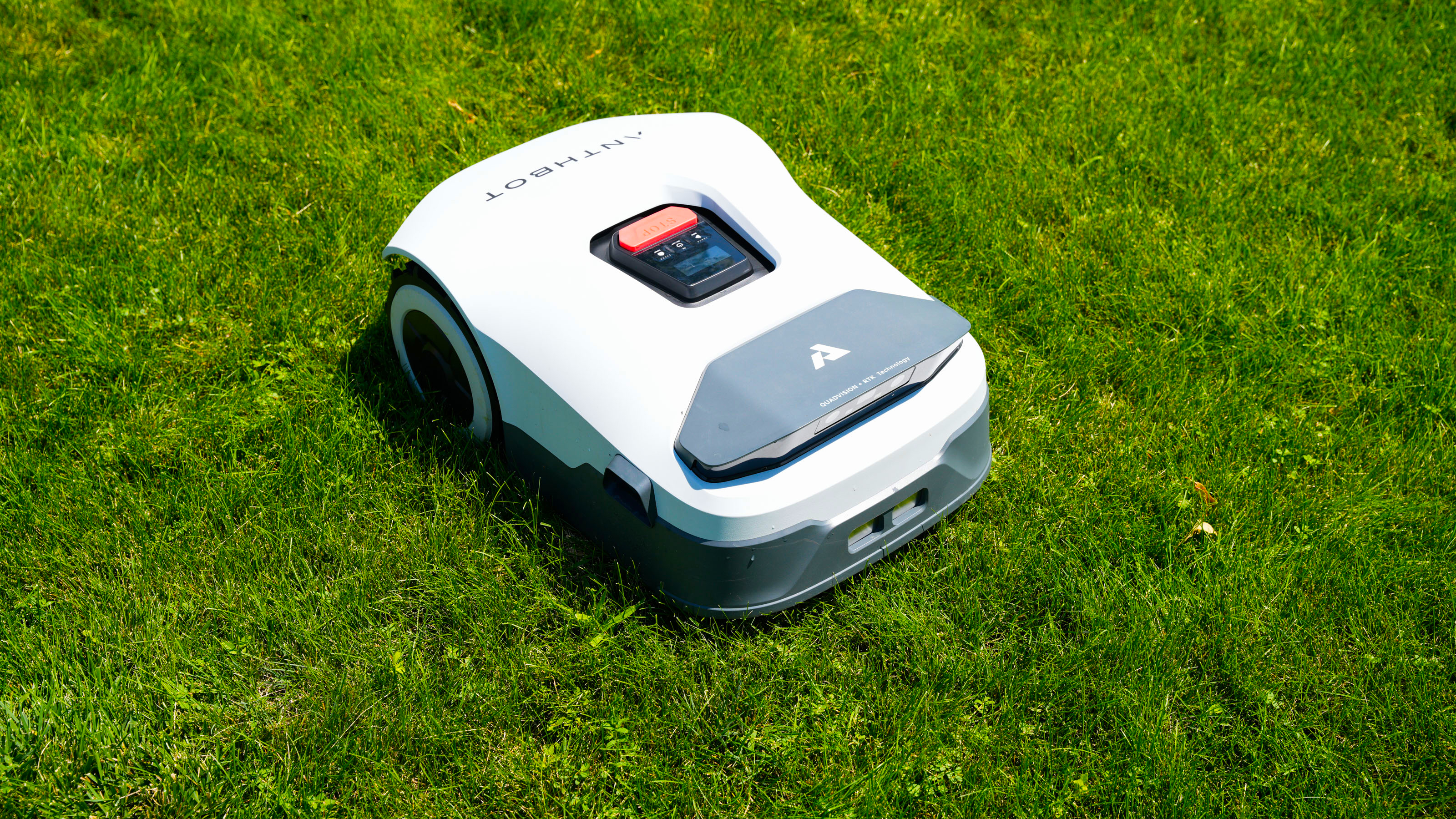
I used this $1,500 robot lawnmower all through the summer — here's my honest verdict
By Dan Cavallari Published
-
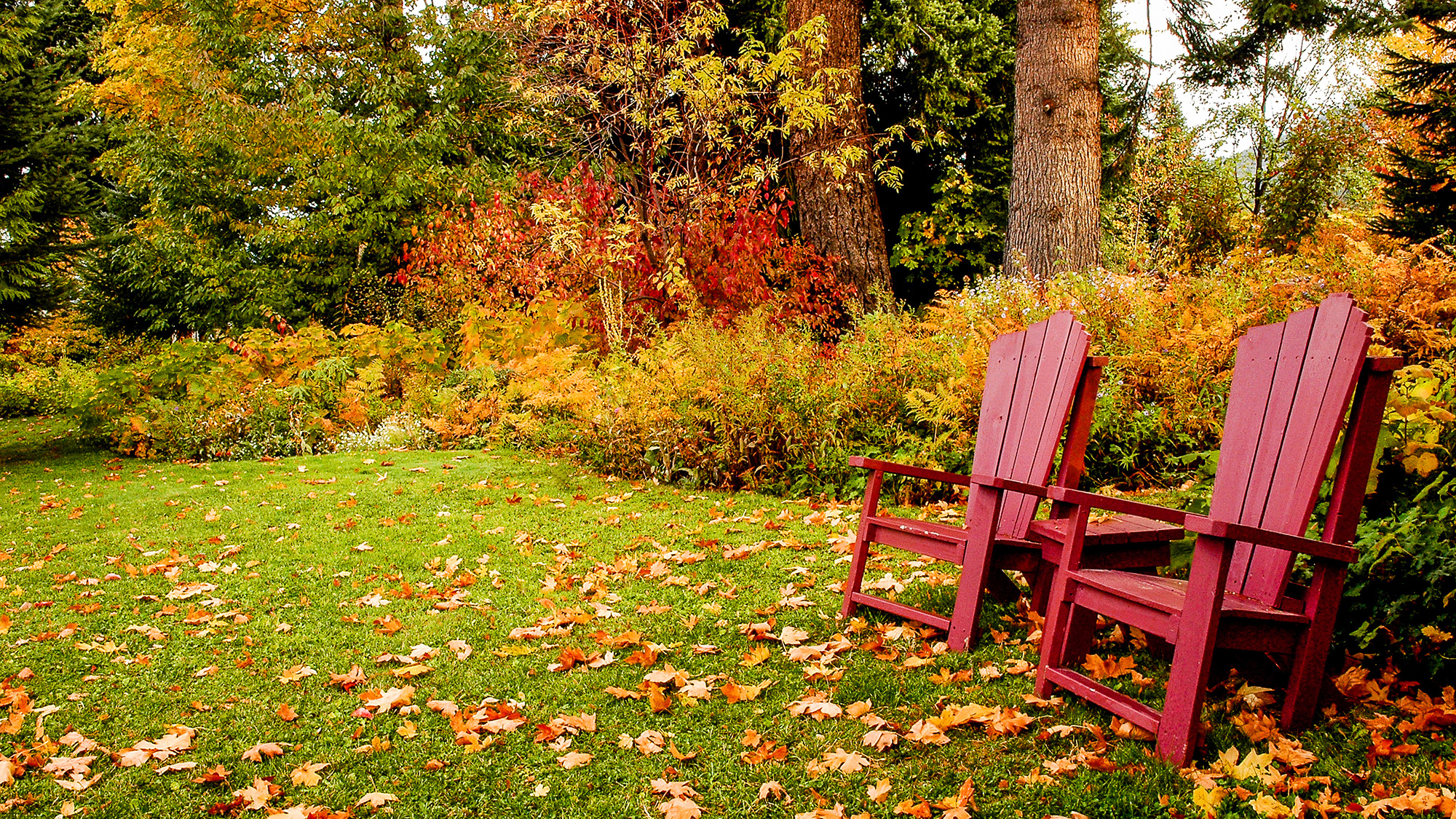
Is it too late to cut your lawn before winter: Experts share how to keep it healthy
By Camilla Sharman Published
-
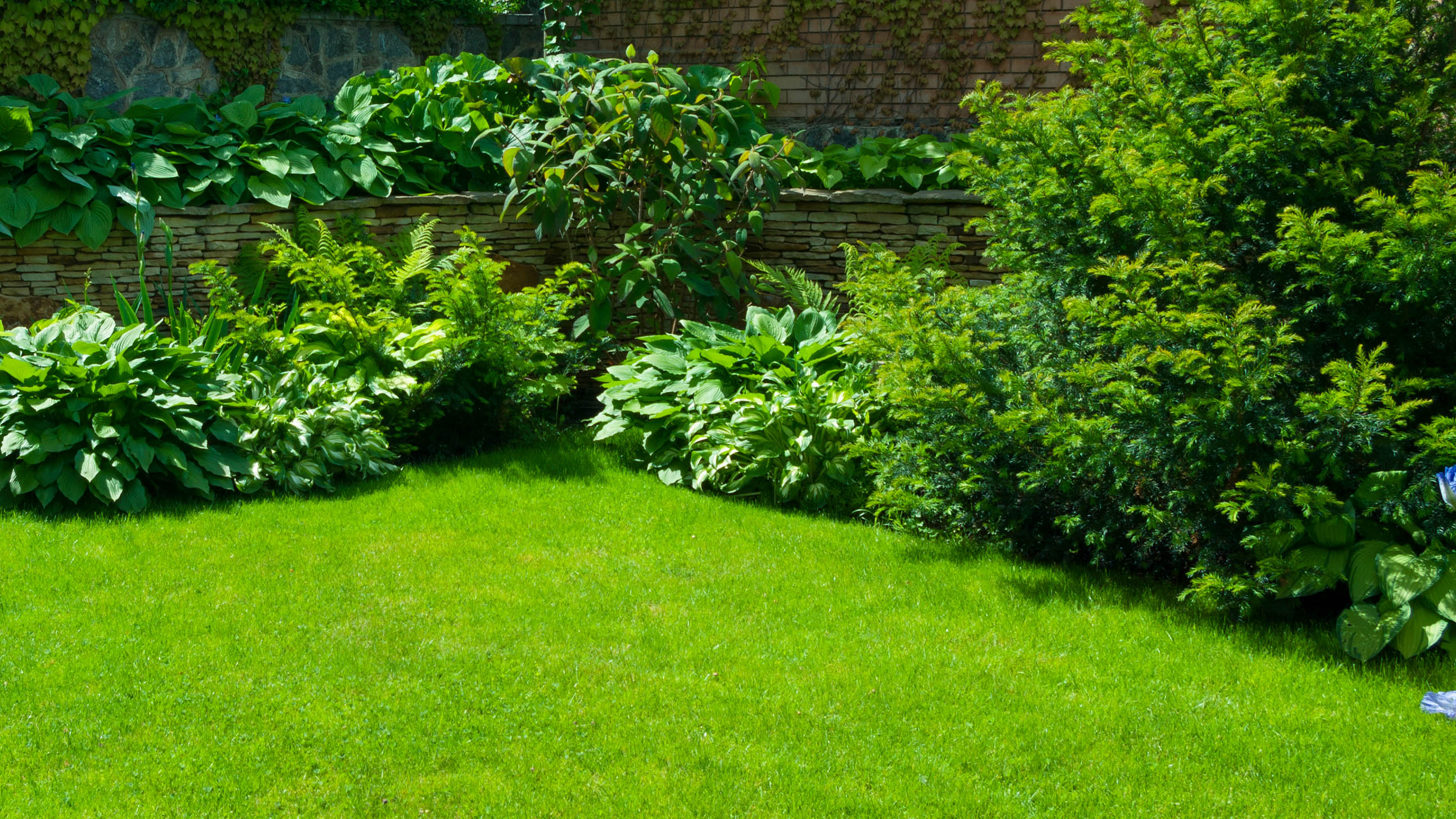
Experts warn this weekend is your 'last realistic opportunity' for fall lawncare — here's what to do
By Millie Fender Last updated
-
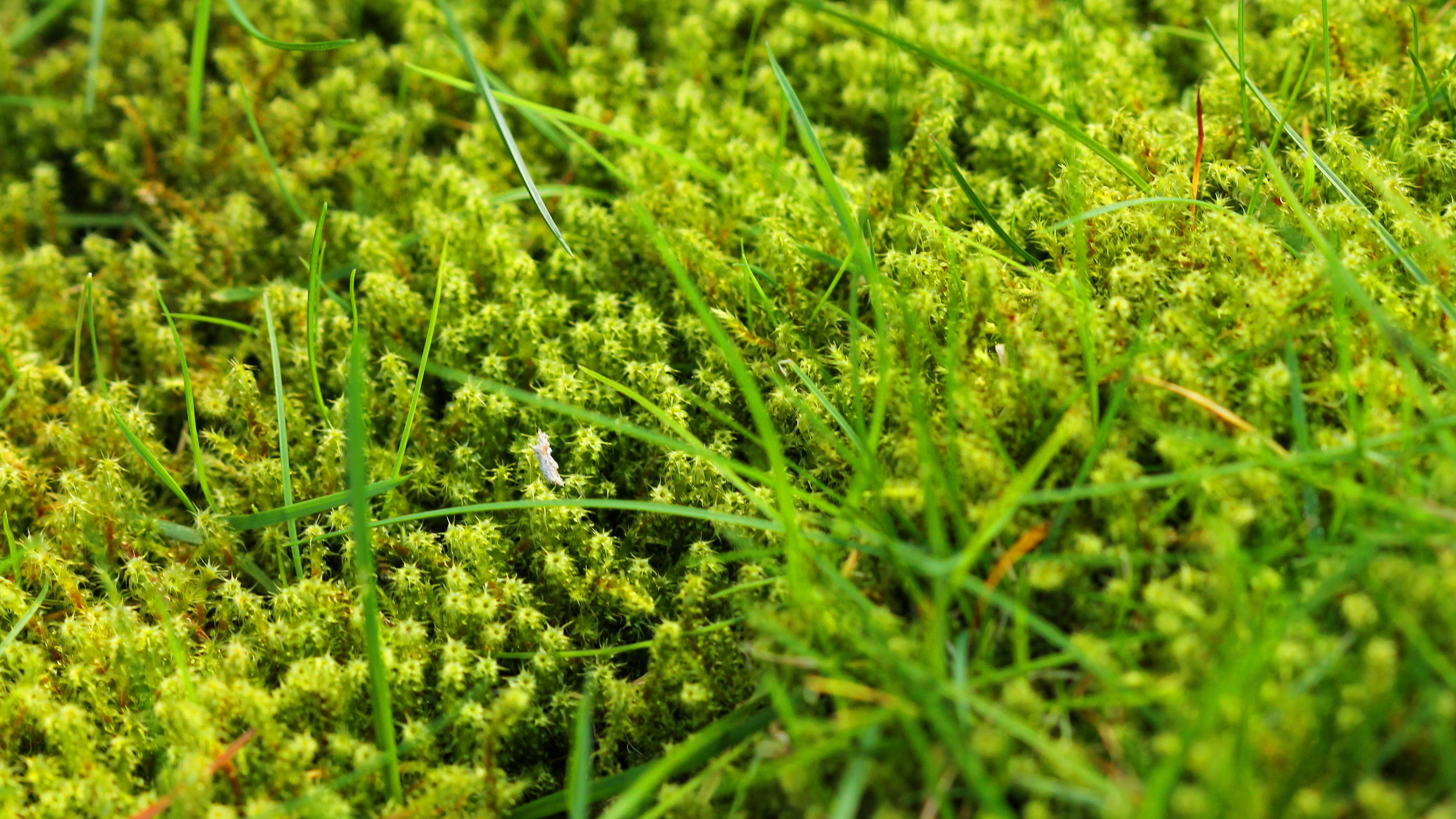
This baking staple is the key to killing moss in your lawn this winter — here's why
By Cynthia Lawrence Last updated
-
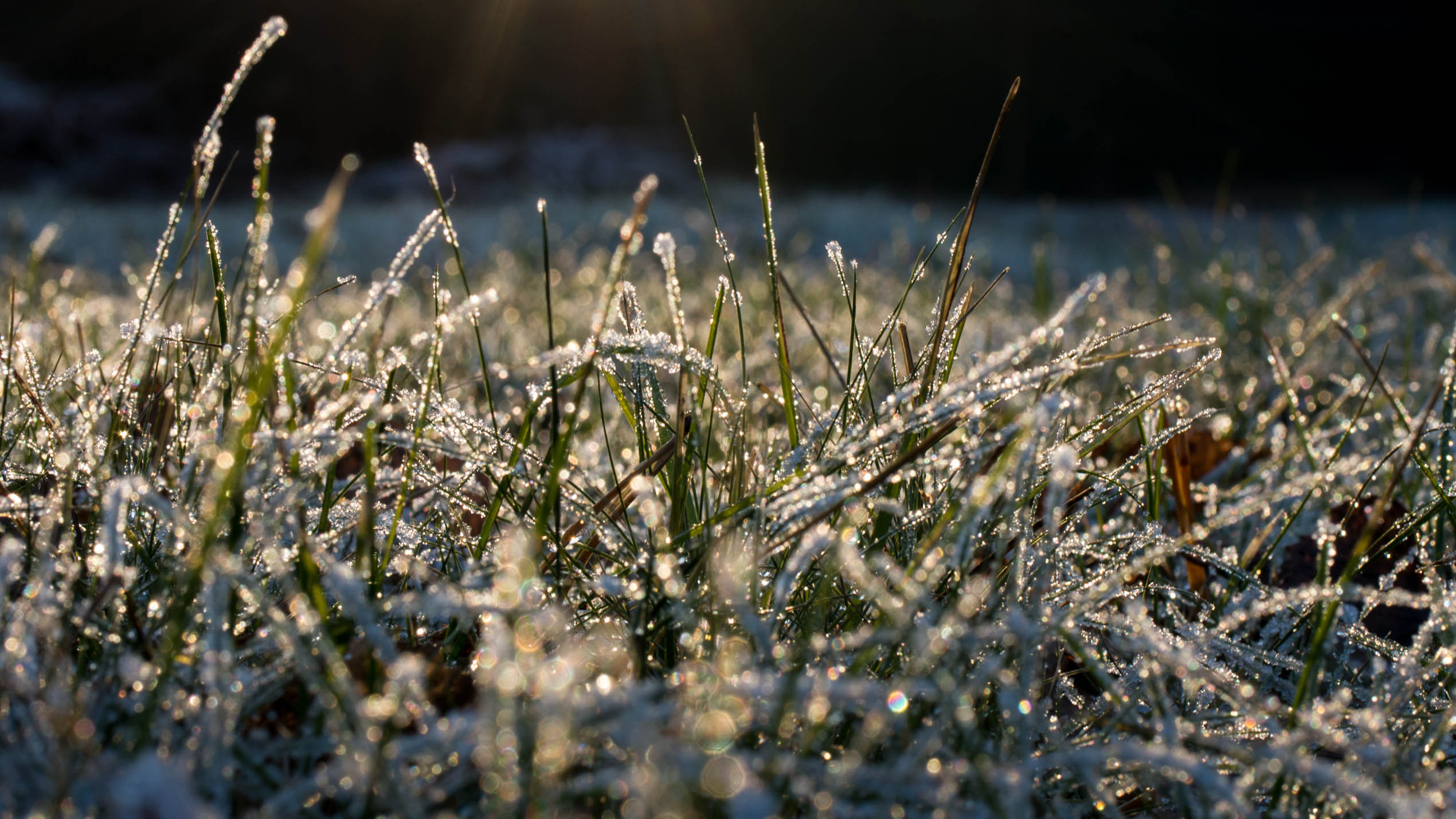
Want a green garden come spring? 5 expert tips to protect your lawn this winter
By Cynthia Lawrence Last updated
-
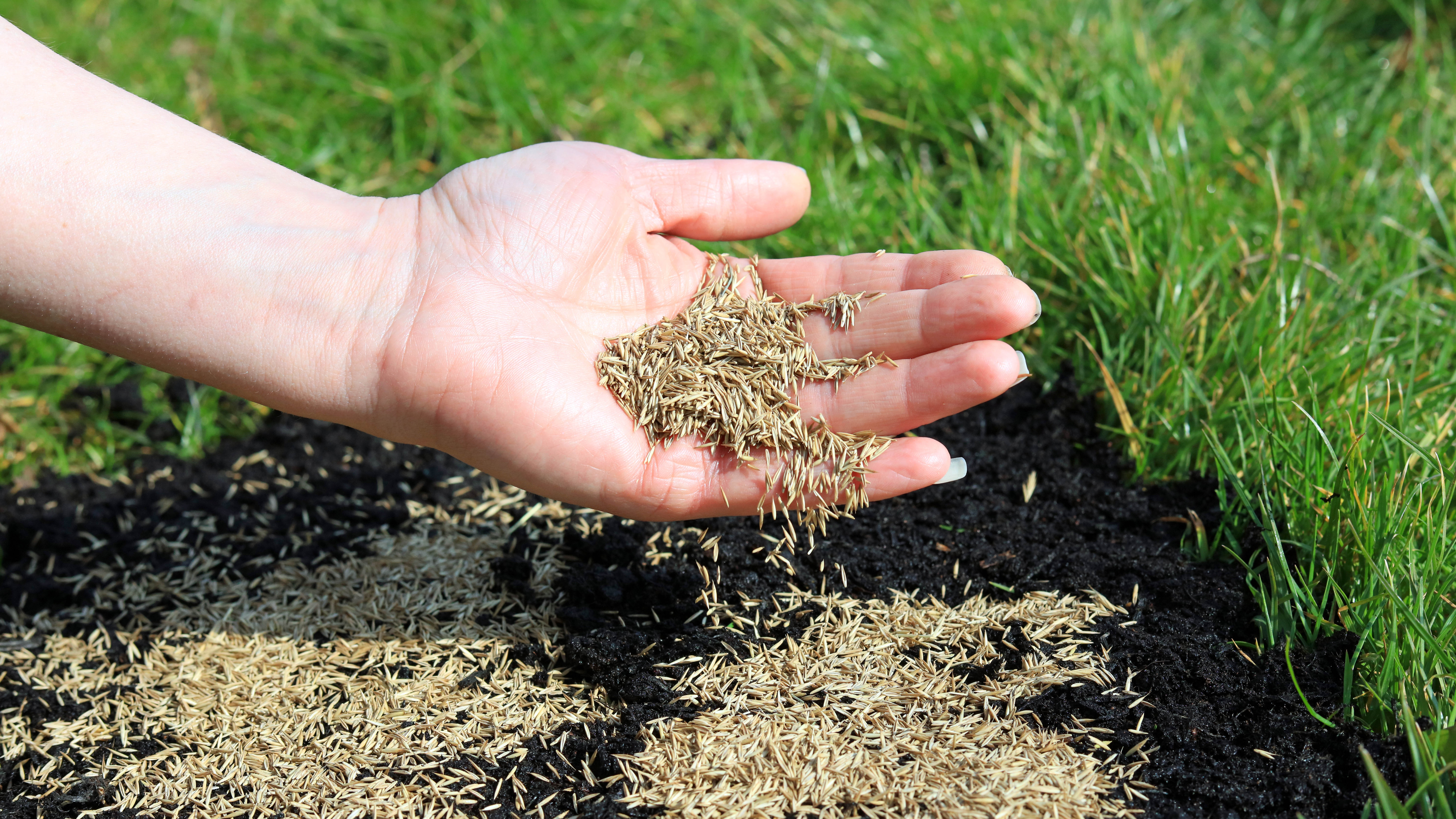
Don't plant grass seed until you've checked your soil temperature — here's how to do it
By Kaycee Hill Published
-

How to tell if your lawn needs overseeding — 3 signs you can't ignore
By Kaycee Hill Published
-